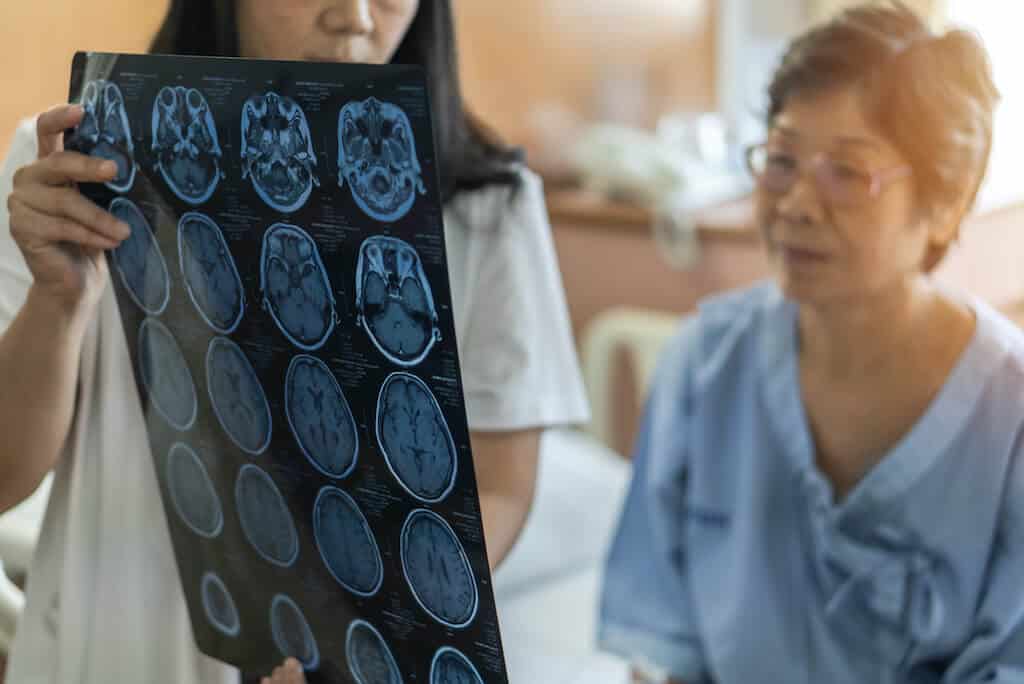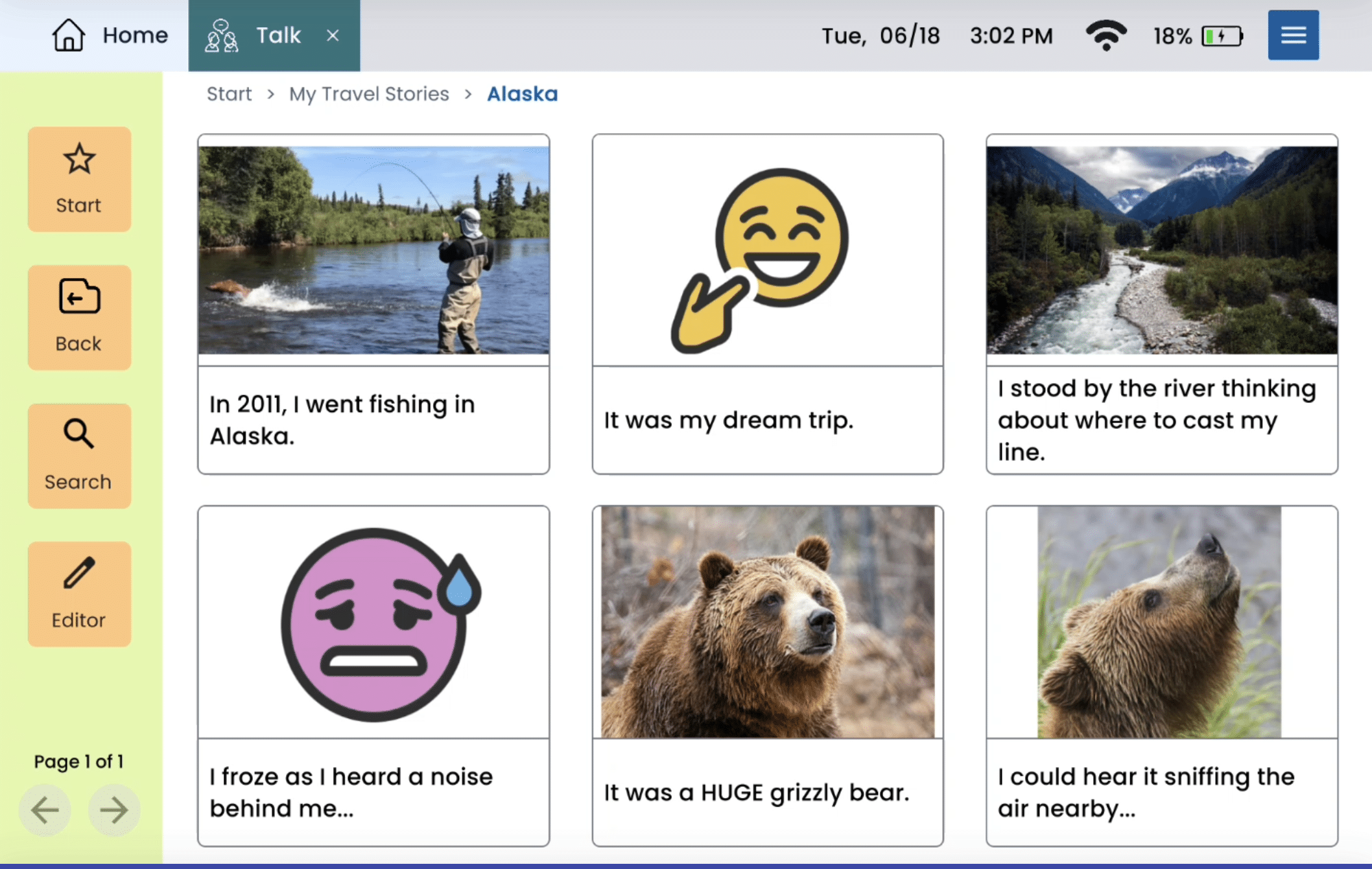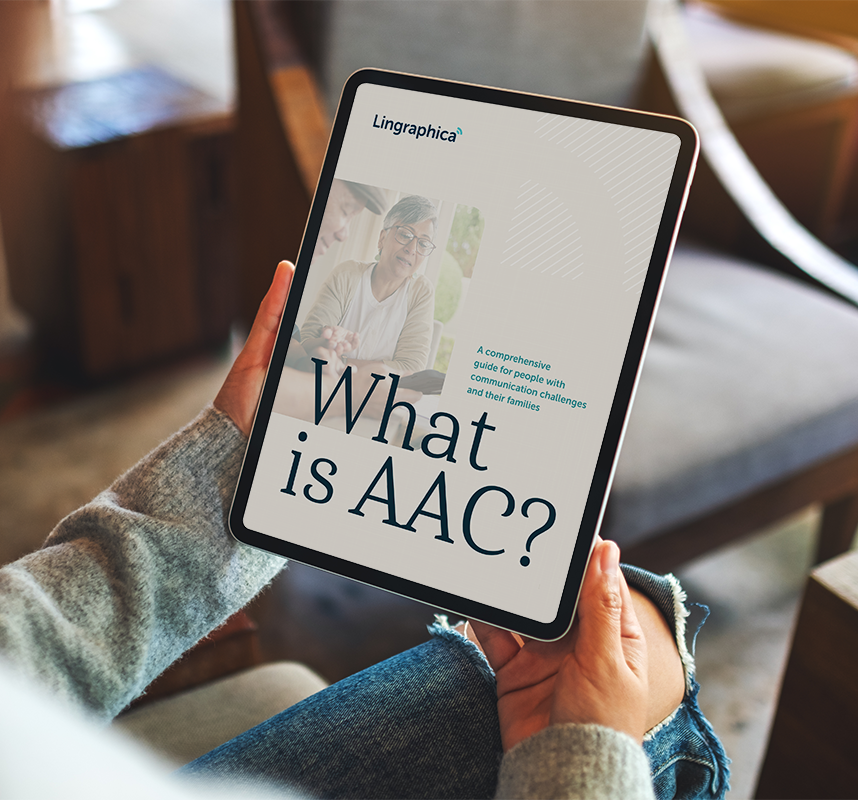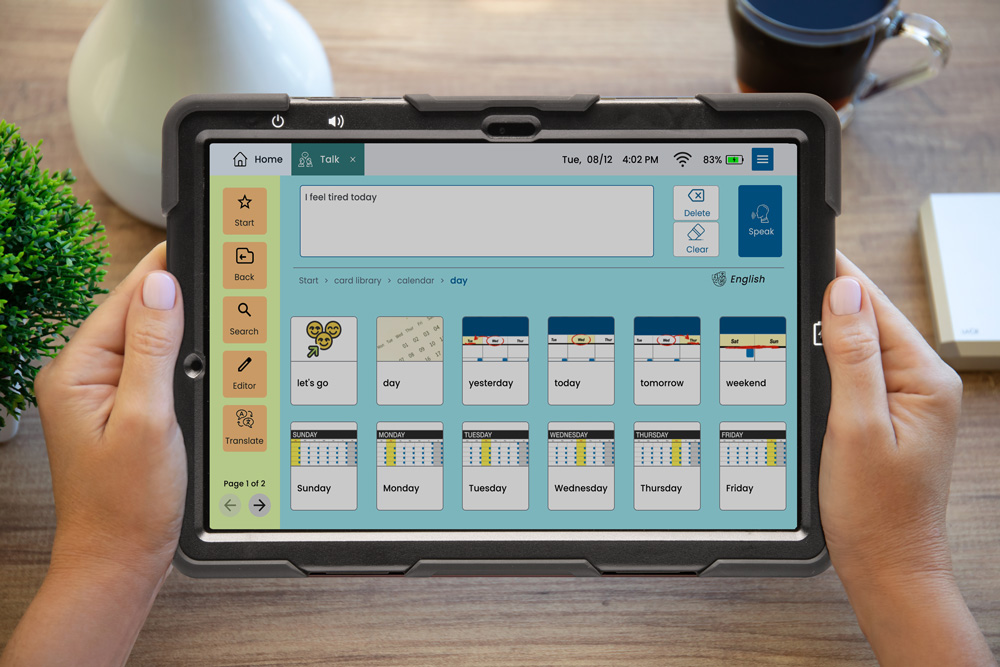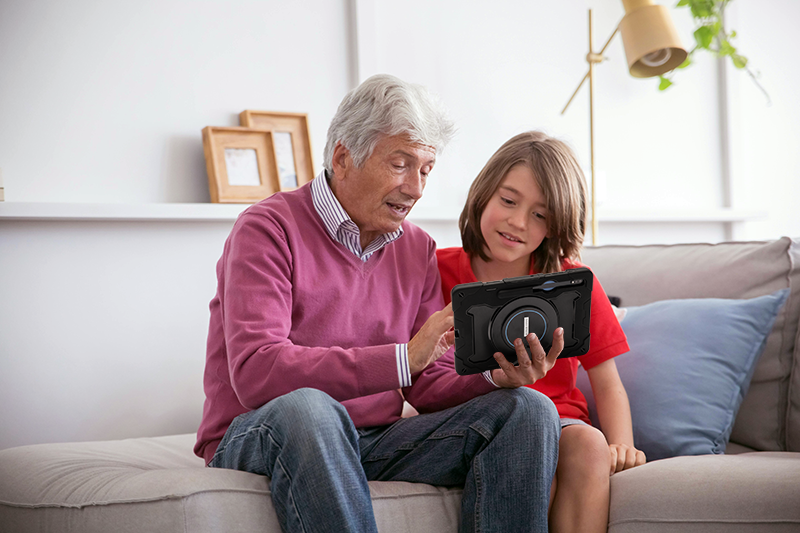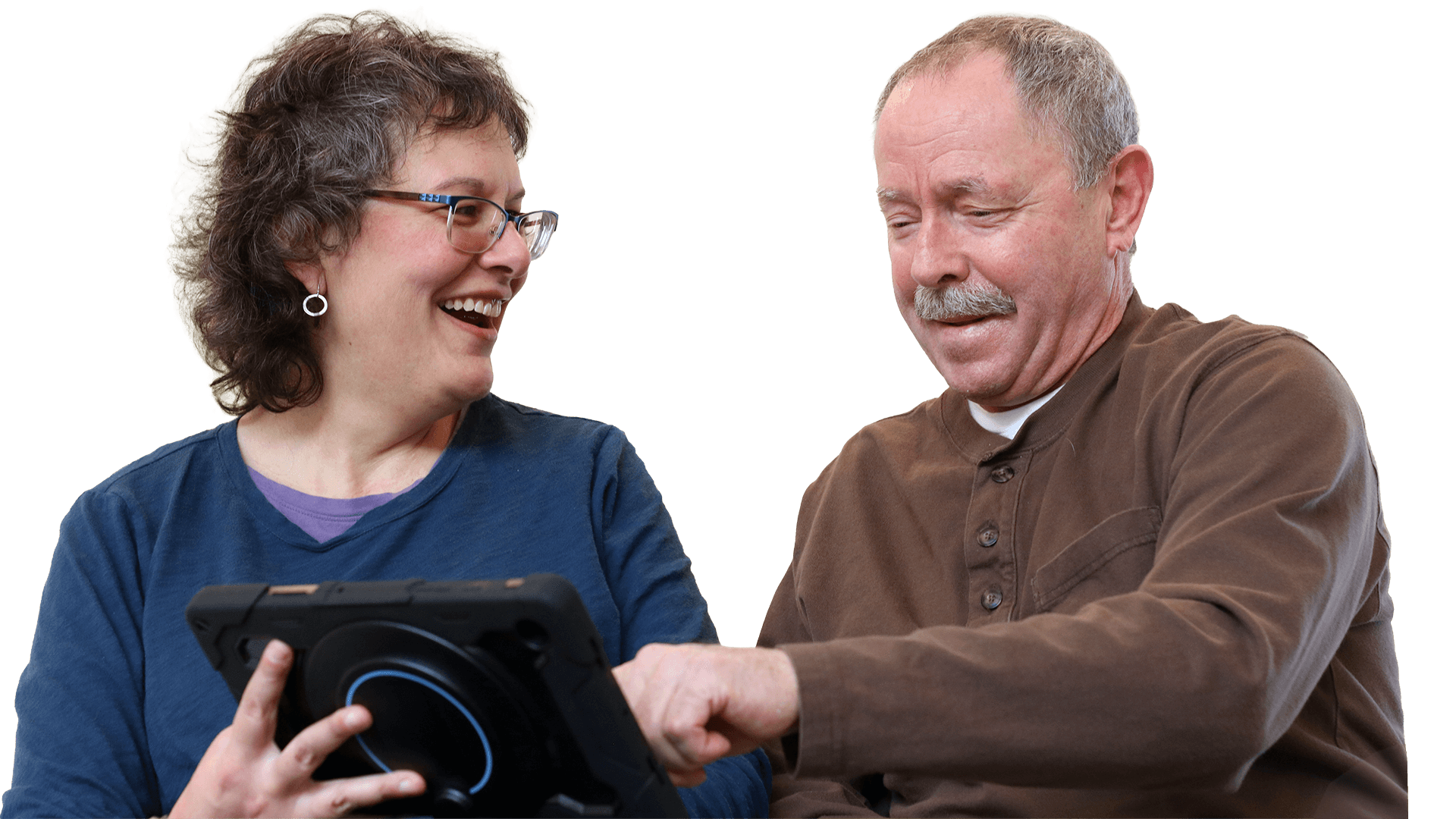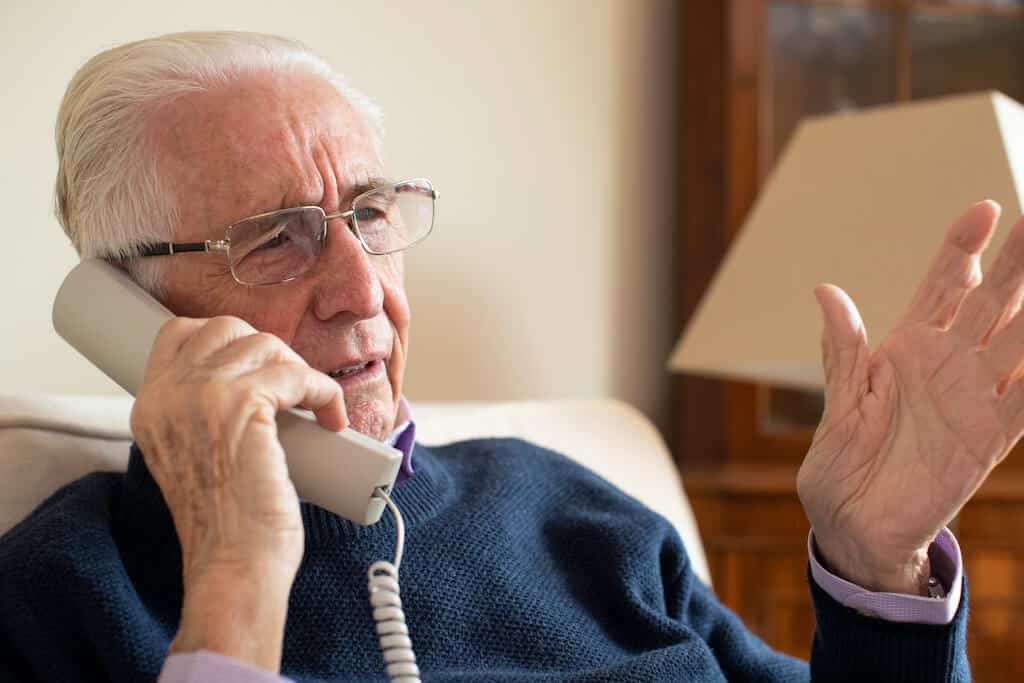
Aphasia can present a number of challenges, both universal and personal. When speech and language abilities are disrupted, it can turn interactions that were once simple and straightforward into demanding obstacles. Things once taken for granted — making a phone call or speaking a name — emerge as hurdles. But improvement can be possible.
An aphasia diagnosis will undoubtedly change one’s life, so it’s important to be realistic and understand what sort of limitations exist. One of the more important steps to take following an aphasia diagnosis is to reevaluate emergency preparedness. Here, we’ll take a look at a handful of key tips that can help you or your loved one in the case of an emergency.
Emergency Tip #1: 911 Keywords
Depending on one’s unique diagnosis and circumstances, therapies following an aphasia diagnosis will vary. If working with a speech-language pathologist, ask them about including keywords and phrases into recovery that could help in the case of an emergency. Emergency services typically want to know the nature of the emergency. Keywords like “fire,” “ambulance,” and “police” can go a long way in getting the right services dispatched quickly.
Additionally, EMS will also try to gather location information on a call. Even though it’s common for 911 to automatically gather some details, relaying an address can be vital in an emergency. House numbers and street names are great elements to work into therapy.
Emergency Tip #2: Prepare for the Aphasia Conversation
Once emergency services arrive to the scene, they’ll get to work depending on the nature of the call. During this step, it can be helpful to have an aphasia ID card on-hand in the case that they want to speak with you or your loved one. An aphasia ID card is a helpful tool that allows one to relay the circumstances. For example, an aphasia ID card could say, “My name is Joe. I have aphasia. I have difficulty communicating. Speak slowly and clearly. Please give me time to talk.”
You can download a custom ID card from Lingraphica today.
Emergency Tip #3: Local Solutions
While a phone call is typically preferred, emergency services have made attempts at improving accessibility. While it’s not universal, many localities have implemented texting capabilities into their 911 services. You can check to see if your call center supports text-to-911 here. Additional local technology solutions can include services like Smart911. With these services, you can create a profile that includes important and relevant information, such as names, contact information, and medical conditions.
Emergency Tip #4: AAC Device Solutions
An AAC device is a great tool for communication. With personalization opportunities and text-to-speech features, they can help provide essential during an emergency. Lingraphica AAC devices come preprogrammed with several emergency and medical prompts. Users can also create custom presets and scripts specifically for emergency situations. Common outputs include emergency keywords, plus a simple message that informs the responder on the other end of the phone that what they’re hearing is a speech-generating device. Lingraphica devices also include therapy exercises to address communication skills.
About Contributor
Lingraphica helps people with speech and language impairments improve their communication, speech, and quality of life. Try a Lingraphica AAC device for free.


